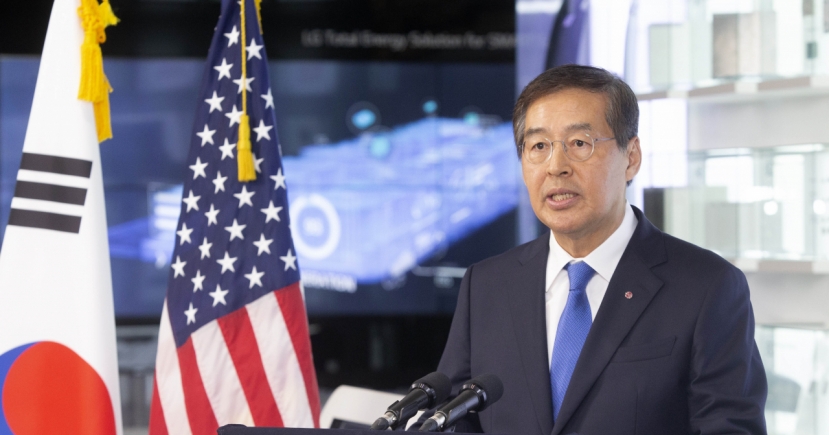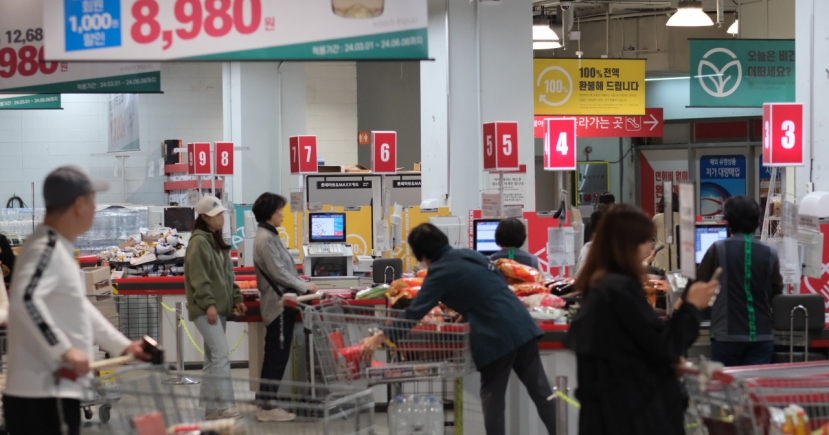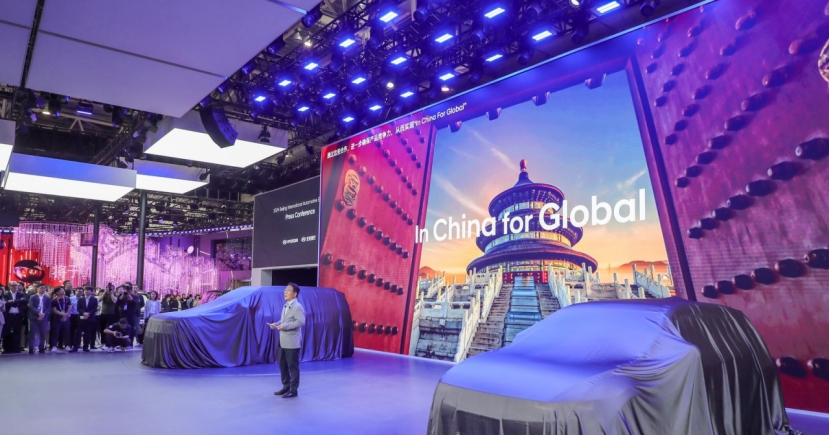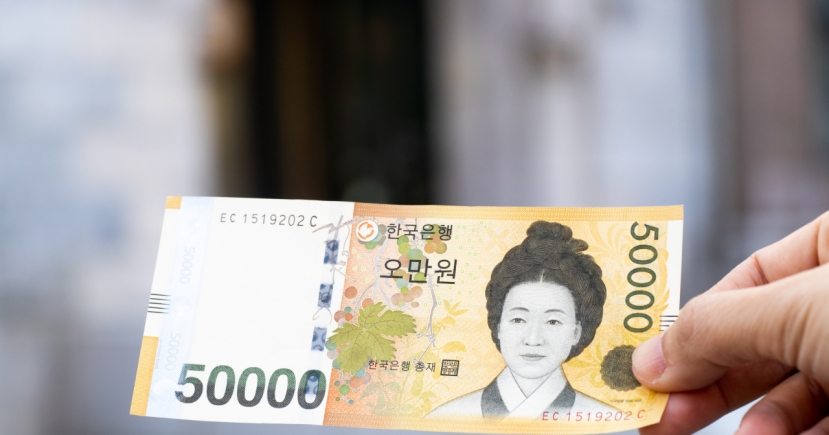Samsung
Samsung’s Seoul R&D center serves as cradle of innovation
[THE INVESTOR] Despite its title as the world’s top smartphone and electronics maker, Samsung Electronics’ design capabilities have long been considered subpar, compared to its rivals such as US tech giant Apple.
World-renowned industrial designer Karim Rashid -- among those who have dissed Samsung’s designs -- even berated the tech behemoth in a recent media interview saying, “Samsung doesn’t know what they are doing from a design perspective.”
Talking to a group of reporters, who got a rare chance to visit the Korean tech firm’s R&D campus in Umyeon-dong, Seoul, on July 19, Samsung Electronics Chief Designer Lee Don-tae was not hesitant to admit that the firm may not be the best design company in the world today.
“If asked whether Samsung is the best product designer in the world, I would say there may be much room to improve and issues to overcome first,” said Lee, who joined Samsung in 2015 after working for London-based design studio Tangerine which once employed Apple’s designer guru Jony Ive.
“Design always reflects the cultural aspects of a nation, so by merging the Korean culture with global ones, Samsung will be able to move into the top rung in terms of design sooner or later.”
 |
Lee Don-tae, chief designer of Samsung Electronics, speaks in a press conference at the firm’s R&D center in Umyeon-dong, Seoul, on July 19. Samsung Electronics |
To that end, he said, the Umyeon R&D center, housing 1,500 product designers, has been cooperating with design divisions under each of Samsung’s mobile, home appliance, and electronic component divisions, and six global R&D centers, including those in San Francisco, London, Beijing and Sao Paulo.
Samsung’s Flex-Wash washing machine, which features a separate compartment on top for hand-washing clothes, is, for example, the brainchild of the company’s design team in India where many consumers are used to hand-laundering.
While developing the firm’s signature air conditioner Wind-Free, a team of designers and developers from the Korean R&D center flew to Bangkok where the temperature is over 30 degrees Celsius throughout the year to test the firm’s Wind-Free air conditioners in a local house. Such efforts paid off as the sale of the Wind-Free, which is around 300,000 won (US$267) more expensive than its other air conditioners, accounts for nearly 70 percent of Samsung’s floor-standing air conditioner sale in Korea.
“Samsung keeps trying to find ways to collaborate with Harman International and Dacor as well,” Lee said.
The Korean tech behemoth took over Dacor, in September 2016 and completed the acquisition of Harman in March 2017.
The Korean R&D center is also the birthplace of Samsung’s sound, smartphone and UX designs. Around 10 sound designers are working on creating music and sound effects for Samsung products --its signature six-note tunes “Over the horizon,” a default ringtone for Galaxy smartphones, and “Beyond the horizon,” a tune that plays when the Wind-Free turns on and off.
 |
The final recording of the voice of Samsung’s artificial intelligence assistant Bixby was also done at the sound lab located in one of the center’s six buildings.
Somewhere at the R&D center, designers and developers are adding the final touch to Samsung’s next-generation smartphones and premium home appliances installed with futuristic technologies, such as the AI and Internet of Things.
While keeping mum on details of products in the pipeline, Lee hinted customers will probably be able to get their hands on Samsung’s innovative products in the latter half next year.
By Kim Young-won (wone0102@heraldcorp.com)






![[KH Explains] Korean shipbuilding stocks rally: Real growth or bubble?](http://res.heraldm.com/phpwas/restmb_idxmake.php?idx=151&simg=/content/image/2024/04/25/20240425050656_0.jpg)
![[Hello India] Hyundai Motor vows to boost 'clean mobility' in India](http://res.heraldm.com/phpwas/restmb_idxmake.php?idx=151&simg=/content/image/2024/04/25/20240425050672_0.jpg)
